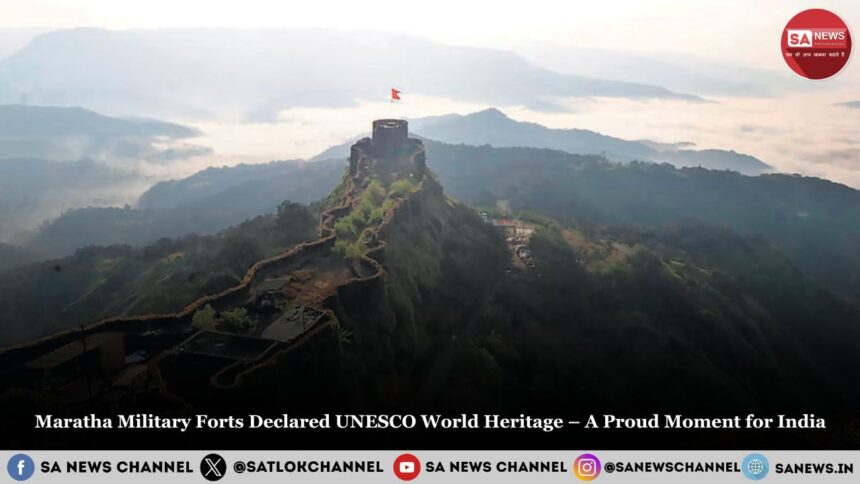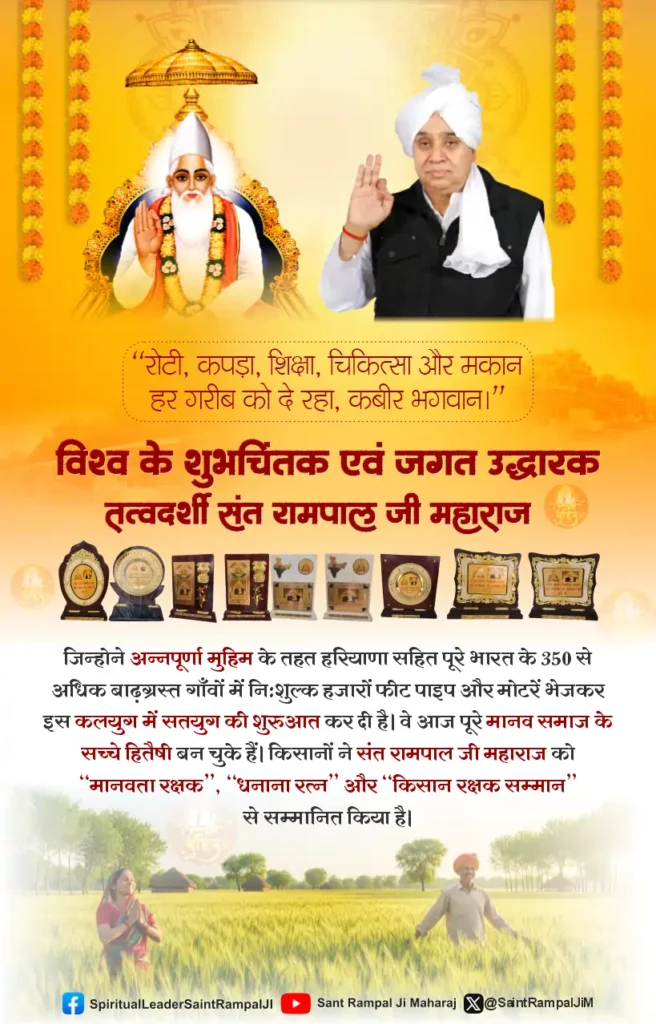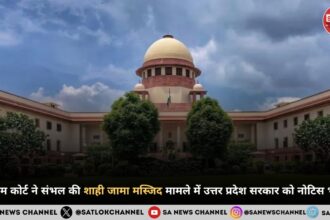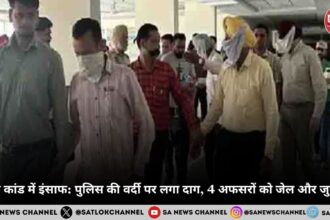India has added another glorious feather to its already rich cultural and historical heritage. In a proud and historic moment, twelve forts associated with the Maratha Empire and Chhatrapati Shivaji Maharaj have been officially recognized as UNESCO World Heritage Sites. This inclusion is not just a global acknowledgment of India’s architectural brilliance and military history, but also a profound source of pride for every Indian who respects and reveres the country’s deep cultural roots, particularly those from Maharashtra.
The Forts That Carved History
The twelve forts recognized by UNESCO are strategically located across Maharashtra and Tamil Nadu. They are collectively categorized under “Maratha Military Landscapes of India” and symbolize the military genius, foresight, and visionary leadership of Chhatrapati Shivaji Maharaj, the legendary founder of the Maratha Empire.
List of the Forts:
Maharashtra:
- Salher Fort
- Shivneri Fort
- Rajgad Fort
- Raigad Fort
- Lohgad Fort
- Pratapgad Fort
- Panhala Fort
- Vijaydurg Fort
- Suvarnadurg Fort
- Sindhudurg Fort
- Khanderi Fort
Tamil Nadu:
- Gingee Fort
Each of these forts tells a compelling story from the 17th century—a time when India’s political map was rapidly transforming. These forts were not merely stone constructions meant for defense; they were the very heart of Maratha strategy and governance. They served as administrative centers, military outposts, and symbols of indigenous resistance against foreign powers. Their architecture, strategic locations—often atop steep hills or along the coastline—and innovative fortifications reflect Shivaji Maharaj’s unparalleled understanding of geography, warfare, and governance.
Even today, when one visits these forts, the spirit of valor and resilience seems to echo through their ancient walls. They stand as reminders of a time when India’s destiny was shaped by leaders with vision, integrity, and indomitable courage.
Prime Minister Narendra Modi’s Reaction
Prime Minister Narendra Modi expressed immense happiness over this achievement. He praised the people of India, saying that this honor is a well-deserved acknowledgment of the vision, courage, and leadership of Chhatrapati Shivaji Maharaj.
In his message, the Prime Minister highlighted that this acknowledgment by UNESCO is not just a recognition of the forts themselves but an endorsement of India’s cultural depth, civilizational continuity, and historical strength. He noted that the forts represent a timeless narrative of bravery, discipline, and people-centric governance, ideals which Shivaji Maharaj championed centuries ago and which still hold relevance in the present day.
Prime Minister Modi also emphasized that this milestone should serve as an inspiration for India’s younger generations. He urged citizens, particularly the youth, to visit these forts, understand their historical significance, and connect with India’s glorious past in a deeper and more meaningful way.
Why This Recognition Matters
The addition of these forts to the UNESCO World Heritage List is very important from various viewpoints.:
- Global Recognition of Indian Heritage
- Preservation and Protection
- Tourism and Local Economy
- Cultural and Educational Impact
- Inspiration for Nation-Building
More Than Stone and Mortar—These Forts Are Living Symbols
The forts built by Shivaji Maharaj are not just amazing structures.They represent the spirit of self-rule (Swarajya), the triumph of indigenous leadership, and the fusion of strategy with administrative ethics. They reflect India’s age-old tradition of respecting the land, its people, and the duty of a ruler towards his subjects.
Structures like Raigad Fort, where Shivaji Maharaj was coronated, or Pratapgad Fort, famous for the Battle of Pratapgad, are not merely tourist destinations. They are living testimonials to India’s indomitable spirit of freedom, justice, and pride.
Conclusion: A Legacy That Will Endure
The addition of the Maratha military forts to the UNESCO World Heritage list is far more than a symbolic victory—it is a reaffirmation of India’s rich, vibrant, and enduring cultural history. It acknowledges the genius of Chhatrapati Shivaji Maharaj not only as a warrior but as a visionary who understood the value of strong foundations—be it in forts or in principles.
These sites will now inspire future generations to appreciate their history, respect their heritage, and carry forward the values that these forts so powerfully represent. They are not merely remnants of the past; they are beacons lighting the path for the future.
In celebrating this honor, India once again tells the world: our history is alive, our heritage is strong, and our pride is eternal.









